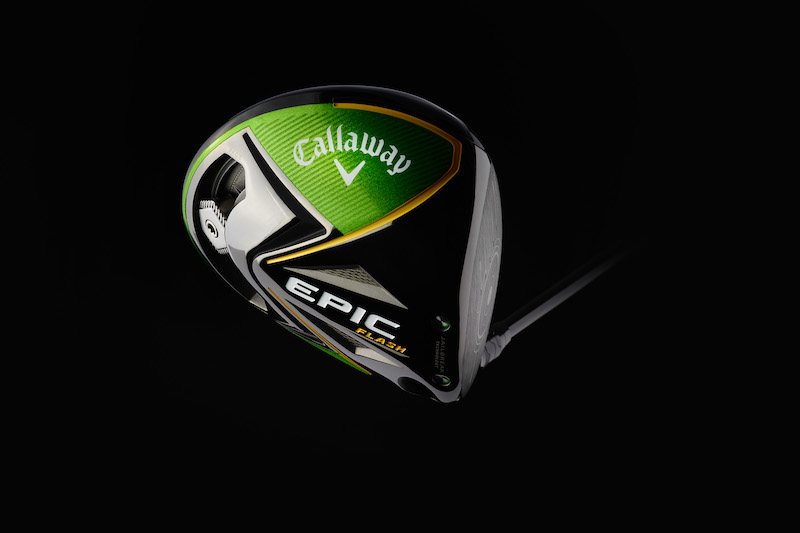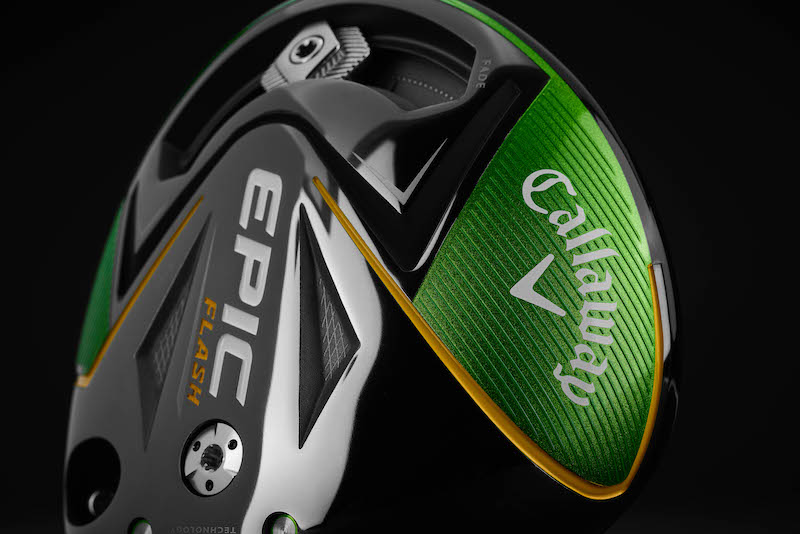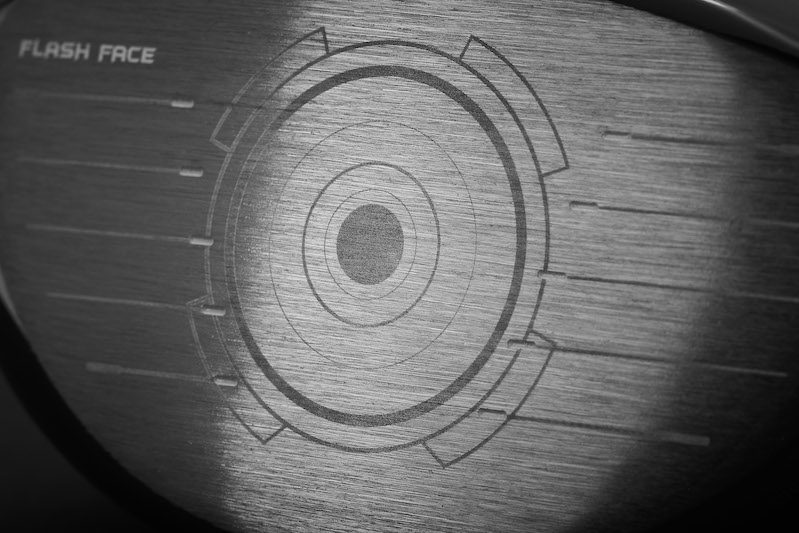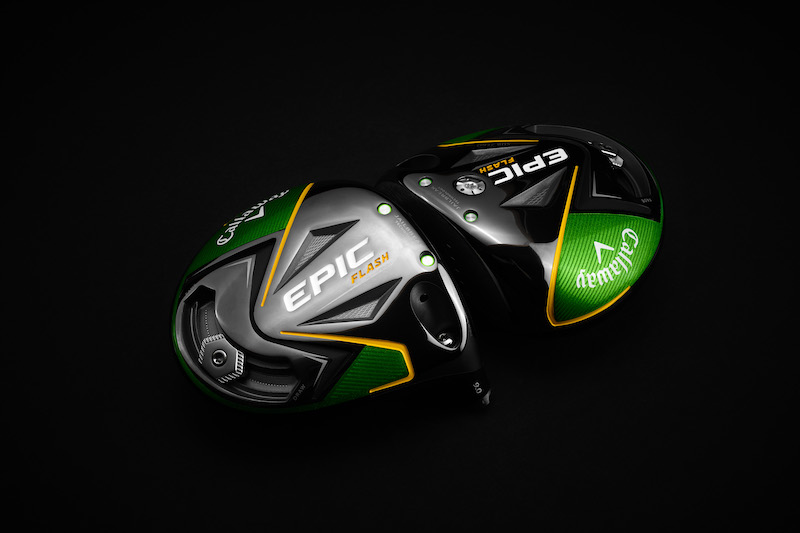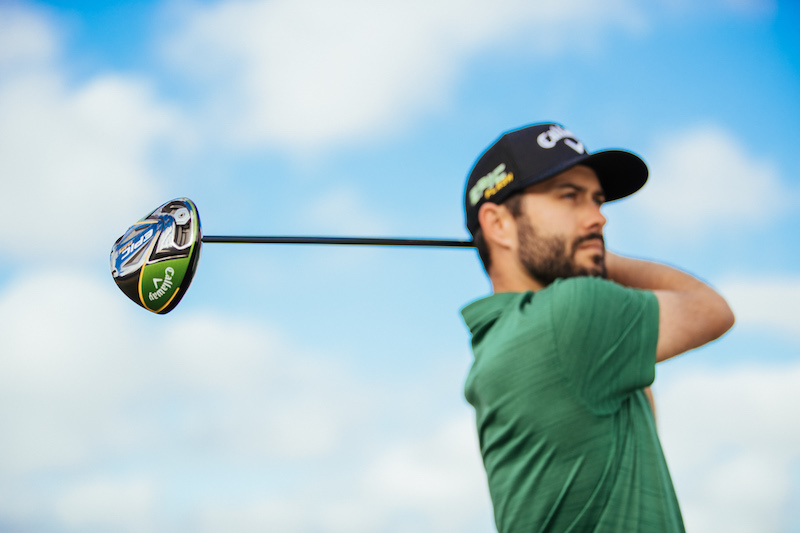If you’re a golfer looking to take your game to the next level in 2019, we have some very good news for you. On Friday, January 4, the Callaway Golf Company announced a new driver and a set of fairway woods that it says will provide dramatically improved ball speeds that translates to longer distances on the course. But perhaps even more intriguing is how these new clubs were designed, with artificial intelligence and machine learning.
Typically, when Callaway’s research and development team — headquartered in Carlsbad, California — sets out to create a new club its engineers come up with a new design based on their years of experience and an arduous testing process. That process usually involves creating a prototype of the new design and testing it out both in real-world conditions and using a custom-built in-house computer simulation. This helps the team to refine its initial design to get the highest level of performance from the product before putting it into production.
When Callaway set out to create its latest generation of drivers and fairway woods, however, it took a radically different approach. Instead of having human engineers create a new design, the company built an artificial intelligence system that could handle the job instead. That A.I. was integrated with the simulation software that Callaway has been using for years, allowing it to make subtle changes to see how those impacted performance and learn from the outcome. This way, the machine created more than 15,000 virtual iterations of the club head, where Callaway’s engineers usually only produced eight to 10 versions of their own designs.
Recently, we had the chance to sit down with Alan Hocknell, Callaway’s head of research and development, who gave us some insights into the process. Hocknell says that after years of designing new golf clubs and getting only incremental improvements, his team wondered if there was another way to build a better club. “We started to wonder if our engineers were getting in the way of the design processes due to our own preconceived notions,” Hocknell told Digital Trends. “Then we thought, is it possible to teach a computer to design the club instead?”
When the project began a few years back, the idea of teaching a computer to learn from its mistakes seemed like a monumental challenge. But over time, and as machine learning became more of an accepted practice, Hocknell and his team began to realize they were on to something. Still, when the A.I. produced its first design, the Callaway engineers weren’t sure what to make of it.

“The initial designs of the club head was unlike anything we’d ever seen before,” Hocknell said. “They were a bit concerning at first.”
But rather than just dismissing the A.I.’s work, Callaway’s design team decided to run it through the simulator to see what would happen. The results were surprising, even for engineers who have been working in the golf industry for years. While the new club didn’t look like anything they would have dreamed up on their own, the results in the simulator were surprising. Better still, real-world testing with prototype clubs confirmed the tests.
Dubbed the Epic Flash Driver and the Epic Flash Fairway Woods, the new clubs are capable of increasing ball speed by as much as three to five miles per hour. That may not seem like much, but in the hands of a skilled golfer, that is a considerable improvement. Hocknell said that translates to five to 10 more yards of distance on a given shot, which can completely change the strategy used off the tee or when approaching the hole. Those results come without any adjustments to a golfer’s swing or stance, and since the new clubs meet all PGA standards, professional players will be able to begin using the clubs on tour soon.
Callaway’s pro athletes have already been testing the Epic Flash Driver and Fairway Woods, but the rest of us will have to wait a few weeks to get our hands on them. The new clubs are expected to arrive in stores on February 1 with the drivers priced at $529 and the woods coming in at $299.
